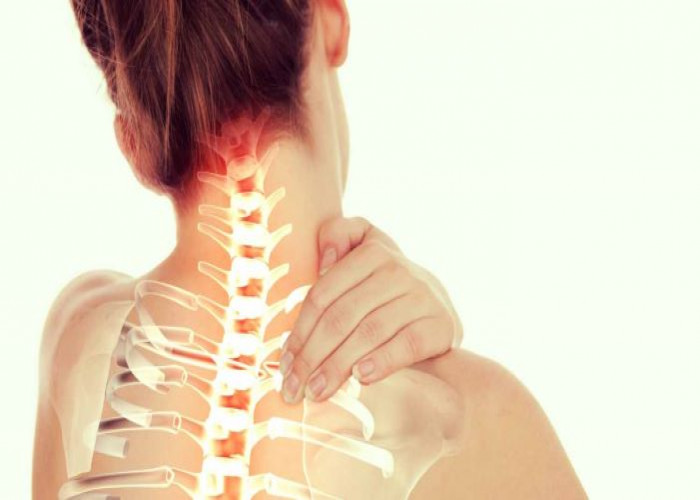 Welcome
Welcome
“May all be happy, may all be healed, may all be at peace and may no one ever suffer."
Brachial plexus injury

A brachial plexus injury is a nerve injury that affects the network of nerves that originate in the neck and supply the arm and hand. The brachial plexus can be injured by a variety of factors, such as trauma, stretching, or compression. Symptoms of a brachial plexus injury may include weakness or numbness in the affected arm or hand, decreased range of motion, and pain or discomfort. Treatment options may include physical therapy to improve strength and range of motion, medication to manage pain or inflammation, or surgery in severe cases. The specific treatment approach will depend on the type and severity of the injury, as well as the individual's overall health and preferences. It is important to work closely with a healthcare professional to manage a brachial plexus injury and prevent potential complications, such as long-term disability or chronic pain.
Research Papers
Disease Signs and Symptoms
- Numbness
- Hand weakness and clumsiness
- Weakness
- Nervous weakness
- A feeling like an electric shock or a burning sensation shooting down the arm
- Weakness and numbness in arms
- The most serious brachial plexus injury occurs when the nerve root is torn from the spinal cord.
- Complete lack of movement and feeling in the arm, including shoulder and hand
Disease Causes
Brachial plexus injury
Damage to the upper nerves that make up the brachial plexus tends to occur when your shoulder is forced down while your neck stretches up and away from the injured shoulder. The lower nerves are more likely to be injured when your arm is forced above your head.
These injuries can occur in several ways, including:
- Contact sports. Many football players experience burners or stingers, which can occur when the nerves in the brachial plexus get stretched beyond their limit during collisions with other players.
- Difficult births. Newborns can sustain brachial plexus injuries. These may be associated with high birth weight, breech presentation or prolonged labor. If an infant's shoulders get wedged within the birth canal, there is an increased risk of a brachial plexus palsy. Most often, the upper nerves are injured, a condition called Erb's palsy.
- Trauma. Several types of trauma — including motor vehicle accidents, motorcycle accidents, falls or bullet wounds — can result in brachial plexus injuries.
- Tumors and cancer treatments. Tumors can grow in or along the brachial plexus, or put pressure on the brachial plexus or spread to the nerves. Radiation treatments to the chest may cause damage to the brachial plexus.
Disease Prevents
Brachial plexus injury
Although damage to your brachial plexus often can't be prevented, you can take steps to reduce the risk of complications once an injury has occurred:
- For yourself. If you temporarily lose the use of your hand or arm, daily range-of-motion exercises and physical therapy can help prevent joint stiffness. Avoid burns or cuts, as you may not feel them if you're experiencing numbness.
- If you're an athlete who has experienced injuries to the brachial plexus area, your doctor may suggest you wear specific padding to protect the area during sports.
- For your child. If you're the parent of a child with a brachial plexus palsy, it's important that you exercise your child's joints and functioning muscles every day, beginning when your baby is just a few weeks old. This helps prevent the joints from becoming permanently stiff and keeps your child's working muscles strong and healthy.
Disease Treatments
Treatment depends on several factors including the severity of the injury, the type of injury, the length of time since the injury and other existing conditions.
Nerves that have only been stretched may recover without further treatment.
Your doctor may recommend physical therapy to keep your joints and muscles working properly, maintain range of motion, and prevent stiff joints.
Surgery to repair brachial plexus nerves should generally occur within six months after the injury. Surgeries that occur later than that have lower success rates.
Nerve tissue grows slowly, so it can take several years to know the full benefit of surgery. During the recovery period, you must keep your joints flexible with a program of exercises. Splints may be used to keep your hand from curling inward.
Types of surgery
- Neurolysis. This procedure consists of freeing up the nerve from scar tissue.
- Nerve graft. In this procedure, the damaged part of the brachial plexus is removed and replaced with sections of nerves taken from other parts of your body. This provides a bridge for new nerve growth over time.
- Nerve transfer. When the nerve root has been torn from the spinal cord, surgeons often take a less important nerve that's still working and connect it to a nerve that's more important but not working. This provides a bypass for new nerve growth.
- Muscle transfer. Muscle transfer is a procedure in which your surgeon removes a less important muscle or tendon from another part of your body, typically the thigh, transfers it to your arm, and reconnects the nerves and blood vessels supplying the muscle.
Pain control
Pain from the most severe types of brachial plexus injuries has been described as a debilitating, severe crushing sensation or a constant burning. This pain resolves for most people within three years. If medications can't control the pain, your doctor might suggest a surgical procedure to interrupt the pain signals coming from the damaged part of the spinal cord.
Disease Diagnoses
Disease Allopathic Generics
Disease Ayurvedic Generics
Disease Homeopathic Generics
Disease yoga
Brachial plexus injury and Learn More about Diseases

Enlarged heart
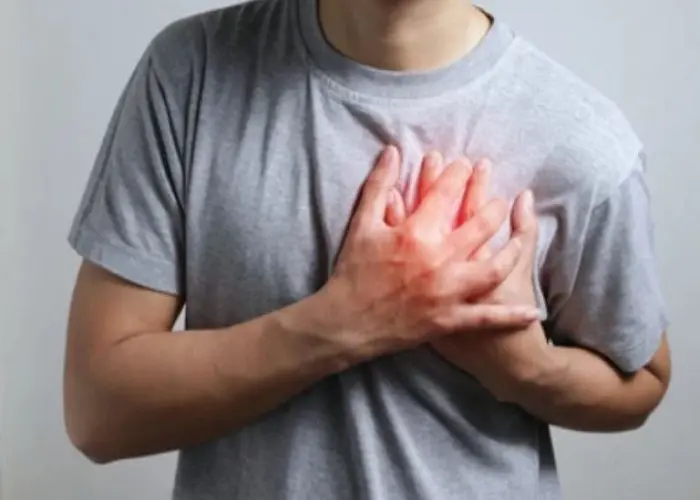
Atrial fibrillation
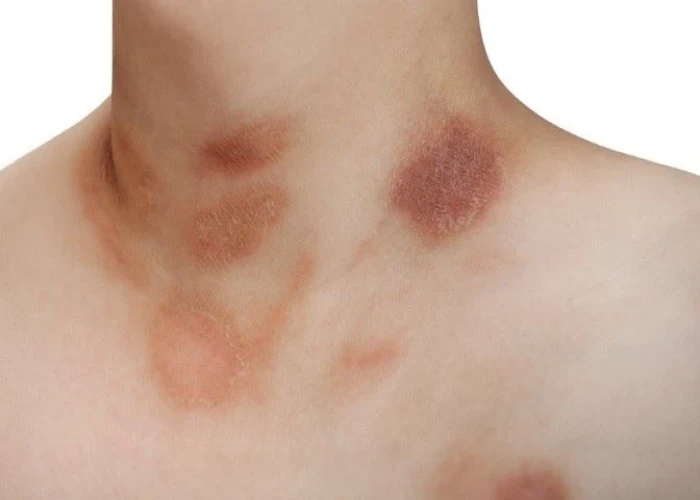
Pityriasis rosea
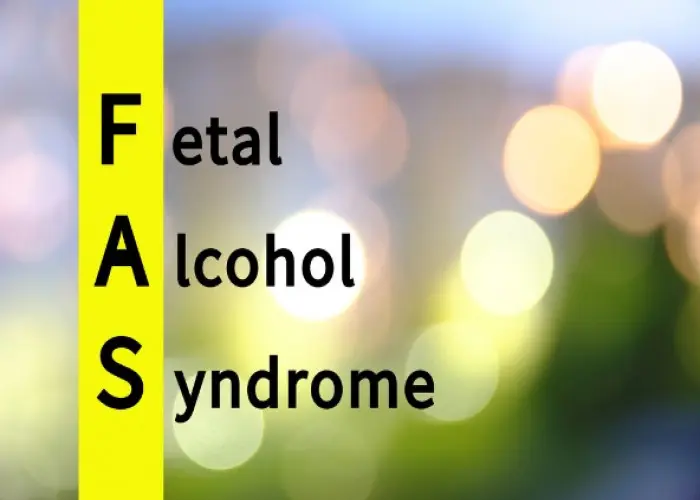
Fetal alcohol syndrome
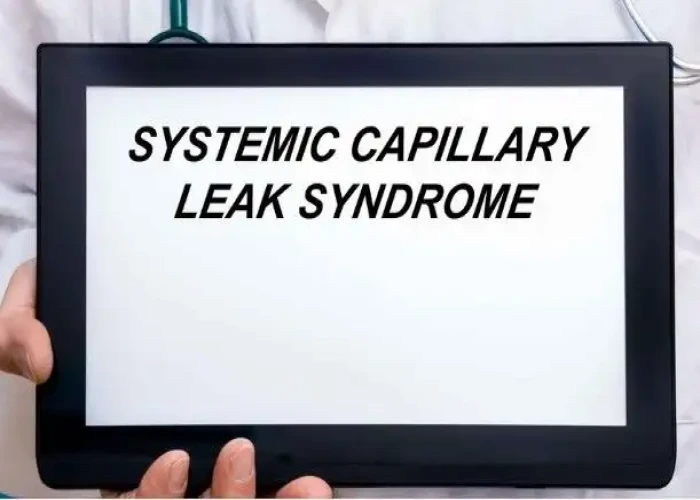
Systemic capillary leak syndrome

Bell's palsy

Cervical cancer
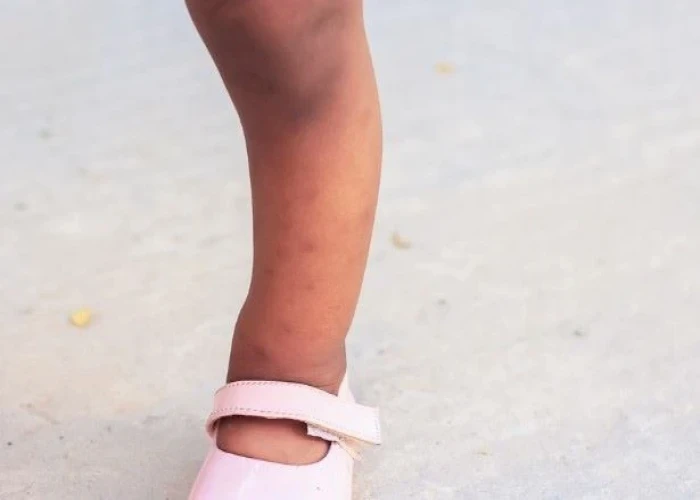
Rickets
Brachial plexus injury, ERBS palsy, Klumpke paralysis, ব্রাচিয়াল প্লেক্সাস ইনজুরি
To be happy, beautiful, healthy, wealthy, hale and long-lived stay with DM3S.
